Arno Fouquet and Christian Guillon from L’E.S.T. were responsible for general visual effects supervision on OCEANS, the new documentary feature by Jacques Perrin. The visual effects were dispatched between BUF, Mikros Image and Def2Shoot.
What is your background?
After an audio-visual college at Valenciennes, I started working (as intern at the beginning) at Excalibur. It was a famous special effects company for the shooting. We used rear projection, Motion Control shooting, models, matte painting (not digital, glasses painted)… it was exciting. Then I went to my military service at the photo service in the Air Force, that’s where I discovered the “digital effects” by faking photos (Photoshop) for the internal newspaper of the base. When I left the army, Excalibur had begun to equipped with machines for digital effects. The machines were available… Me too… I start with lots of tutorials and trained myself with effects softwares.
A first movie with digital effects arrived at Excalibur, Francis Vagnon, the VFX supervisor, offered me to help make the special effects. Few years later Christian Guillon and Francis Vagnon created L’E.S.T. and asked me to be part of the adventure.
Can you tell us about L’E.S.T.?
Since L’E.S.T. creation, Christian Guillon has decided to propose a new approach to visual effects for film, based on the general idea of engineering, because it’s not possess the tools that is essential, since anyone can do it, but to design, organize and coordinate their use.
L’E. S.T. is a traditional structure, focusing on the job of visual effects supervision and limited to a narrow scope, the feature film.
This method has led us to produce in-house only a small part of the effects that we were entrusted, and to outsource a larger part in according to their nature and / or quantity, while retaining total responsibility.
What I like about this philosophy is that we no longer see the other special effects companies only as competition but as partners.
How was your collaboration with Jacques Perrin?
Only happiness, Mr Perrin is a director and producer who forces the compliance. I admit I started the project with some apprehension. Jacques Perrin is not what we call a effects filmmaker, and OCEANS is primarily a documentary film, whose shooting had started four years earlier.
It was clear that we were not going to work with Jacques Perrin in the same way as we did with Frederic Forestier director of the last ASTERIX.
With Christian Guillon, we set up various tools and steps work so that Jacques Perrin and Jacques Cluzaud (second director) have not the feeling of losing control on effects sequences. Finally our two directors were like fish in water in the middle of the VFX.
How did you decide the sequence’s attribution to the different VFX studios?
We have since the preparation separated the effects in 3 parts:
– We give to Mikros, the “gallery” sequence, in which actors were walking in the middle of a set that is 90% CG. We are working with Mikros since a very long time. We had just finished “PARIS 36” on which Mikros did a very good job on with digital set extensions. It seemed pretty obvious that this sequence was for them.
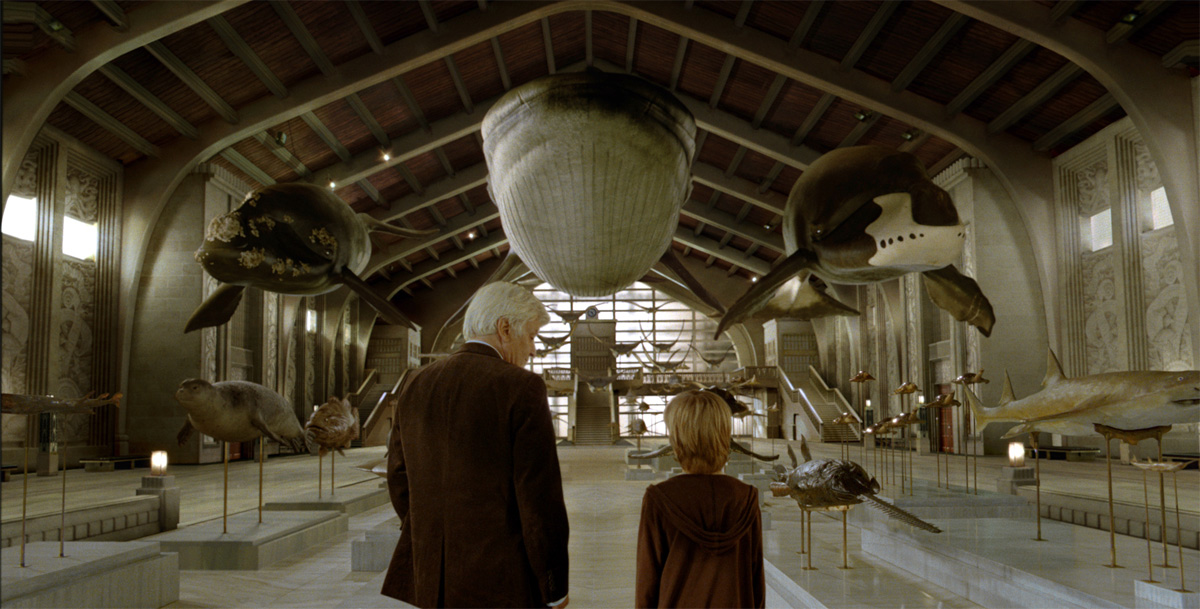 |
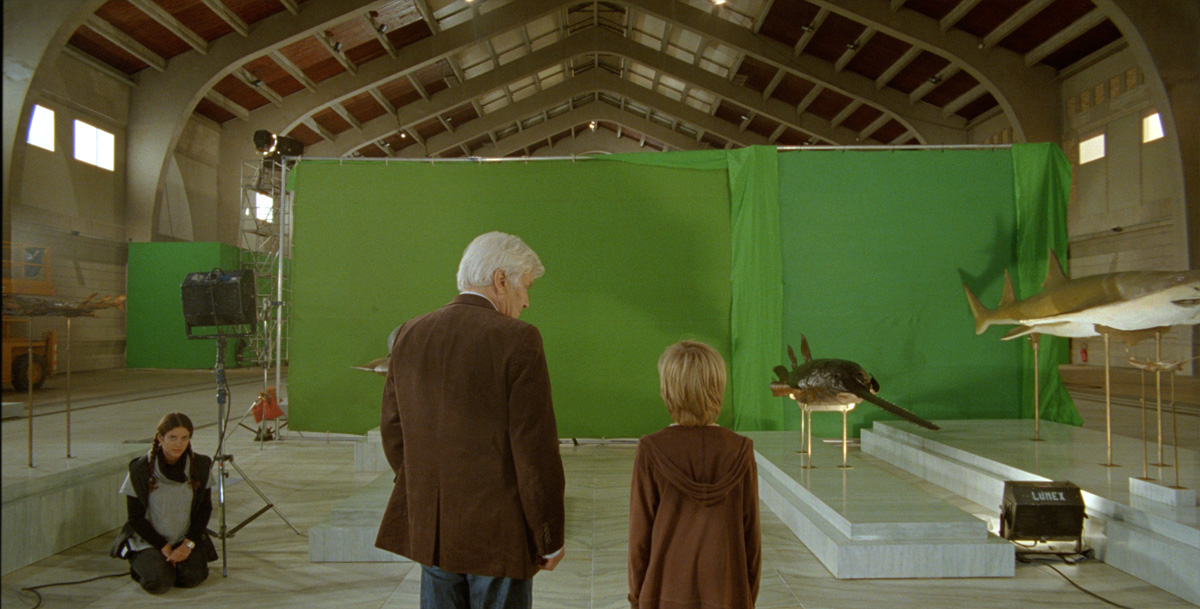 |
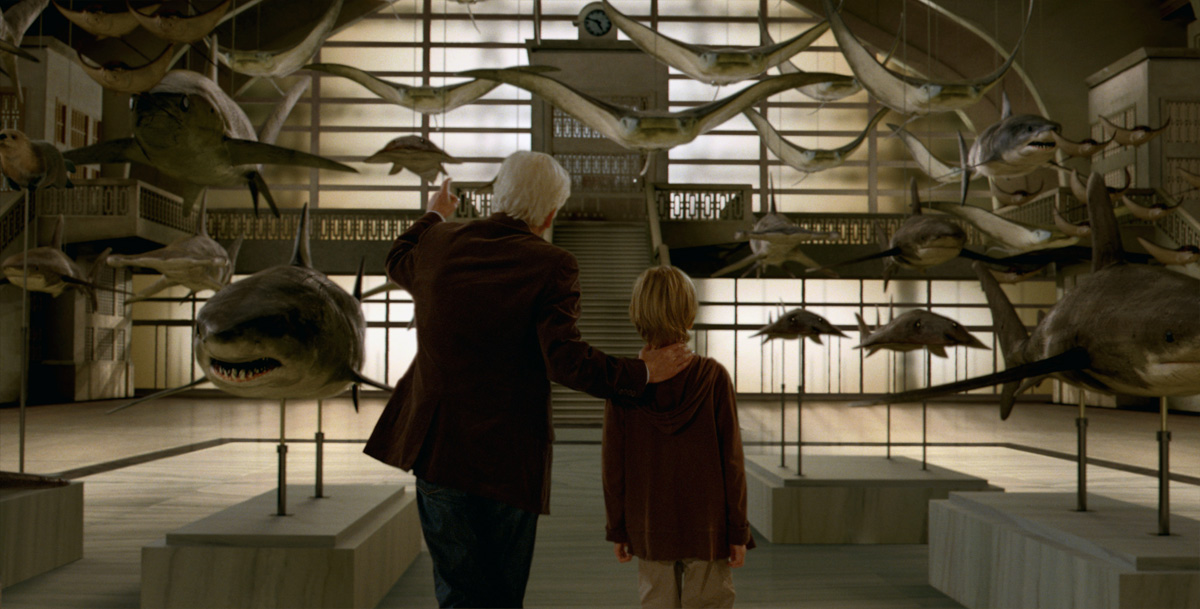 |
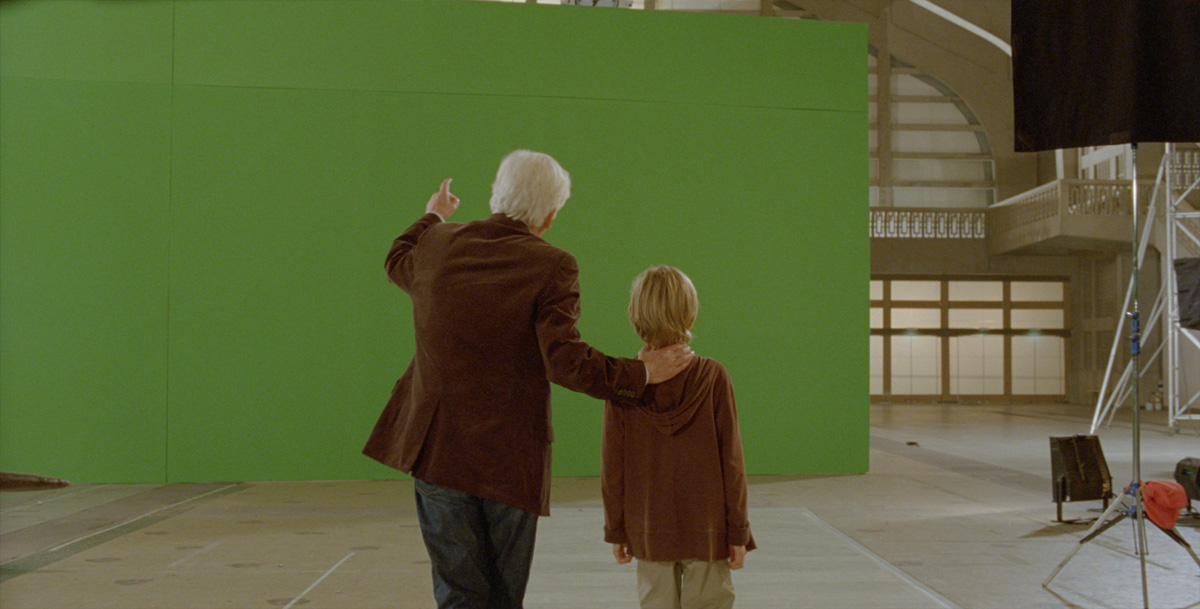 |
– The second big piece was for BUF, it’s the “Planetarium” sequence, and the shot is a camera movement upward that goes from a stormy sea to a wide shot of the Earth with satellite in the front. For these two sequences, there were graphics research, but also a certain technical prowess, for he was connected with the plan a sequence sequence of sea storm really shooted. I remind you that this film called OCEANS, Jacques has been more than attentive to the connection and the veracity of the raging sea. There was a lot of R & D on this sea
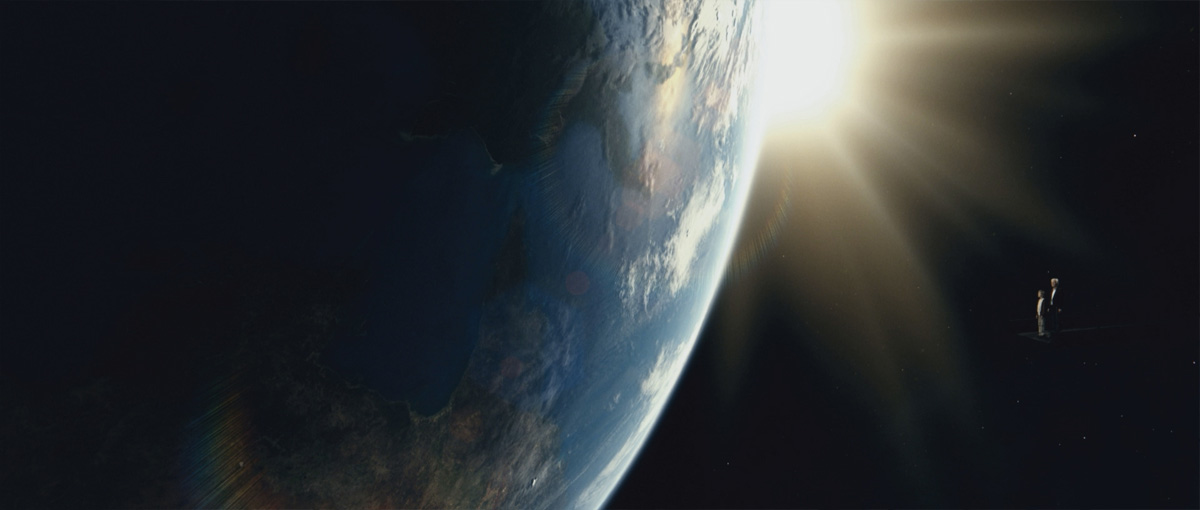 |
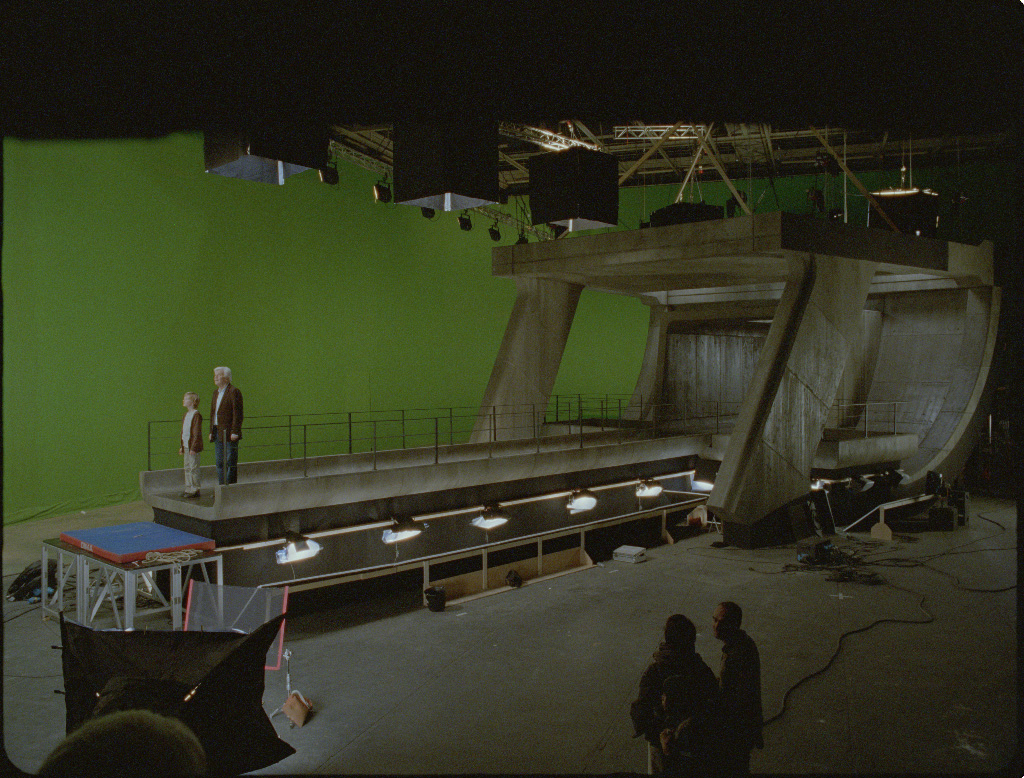 |
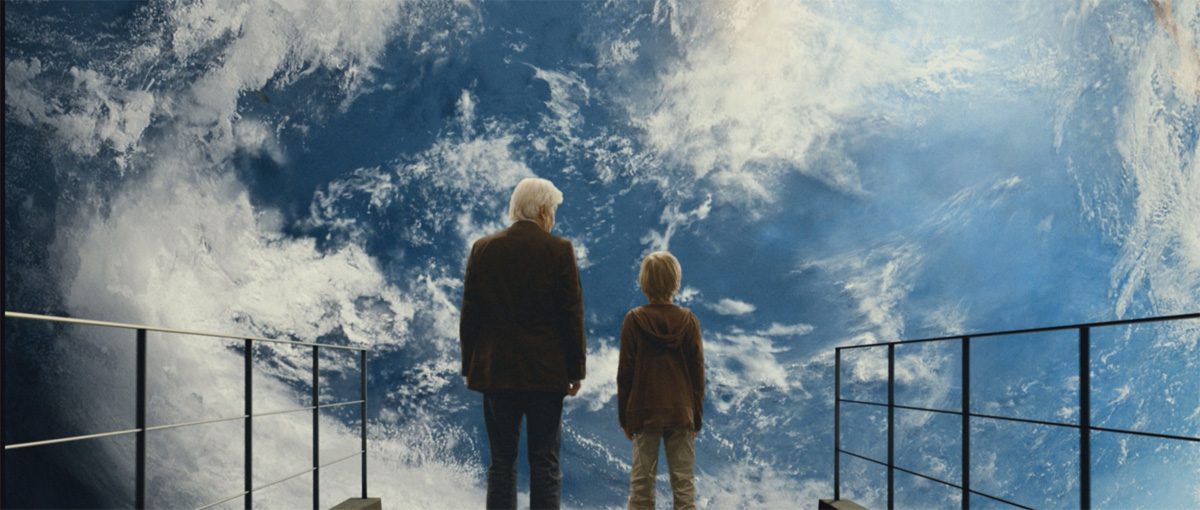 |
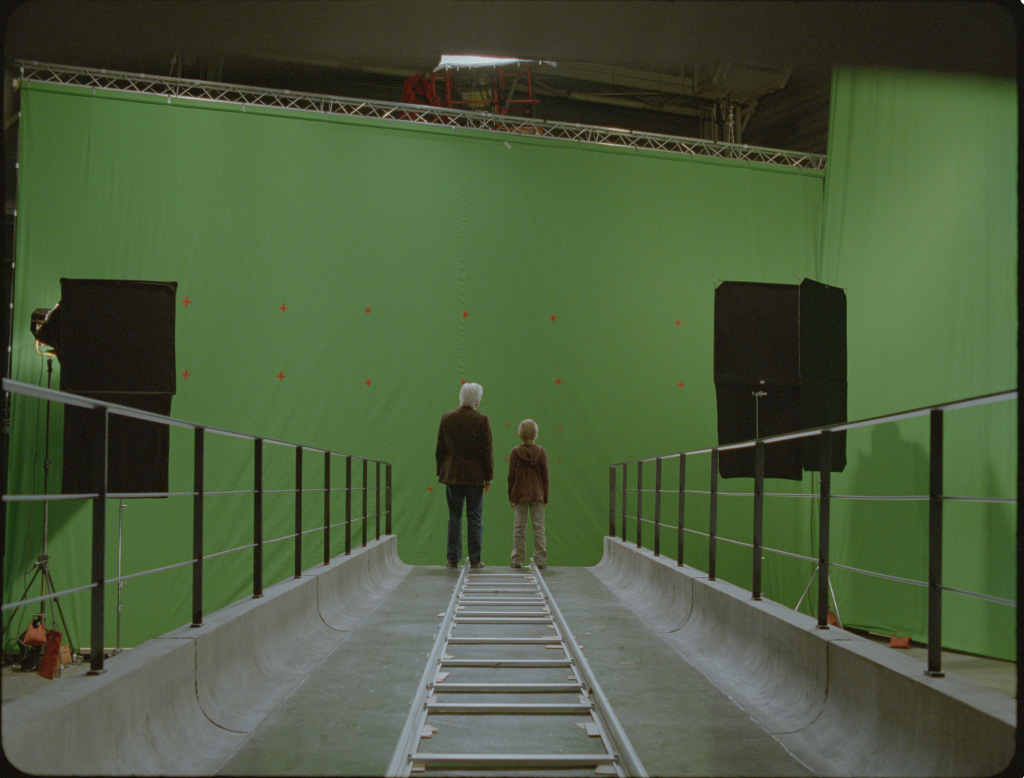 |
– The third piece was all effects called compositing effects, like the sequence of the takeoff of the rocket. These effects have been entrusted to Def2Shoot, which the advantage, among others, to be in the same places as the film lab (Digimage). It was a very good first collaboration with them.
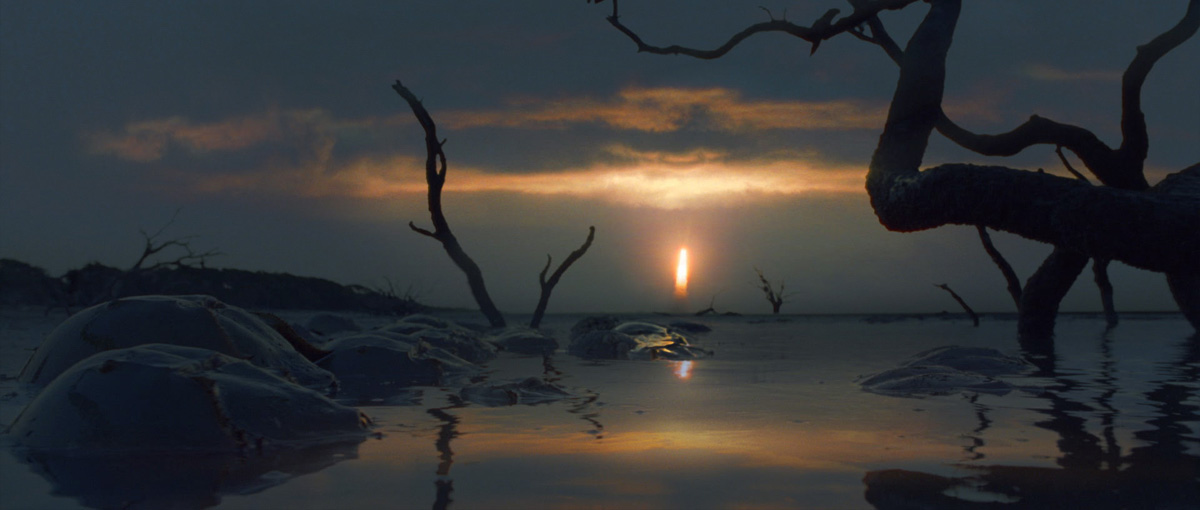 |
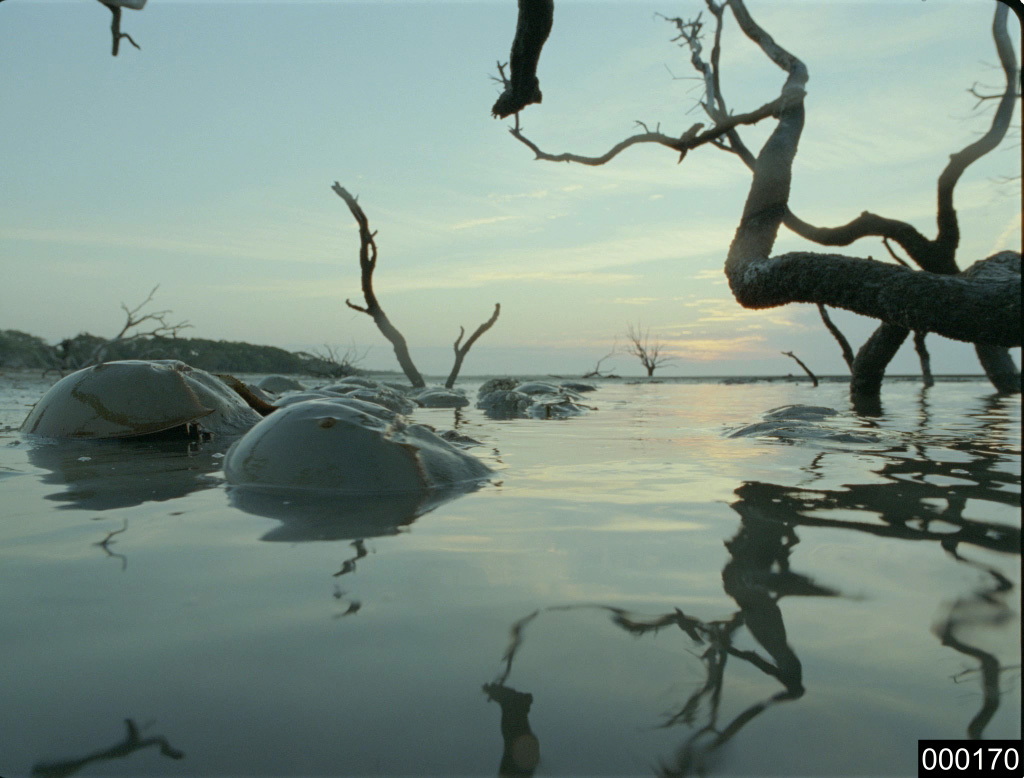 |
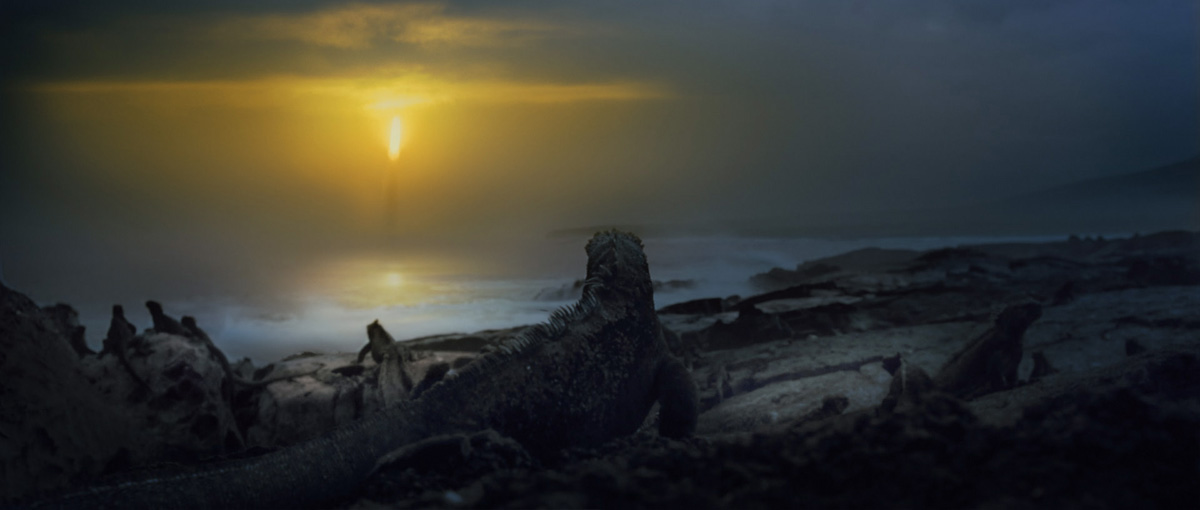 |
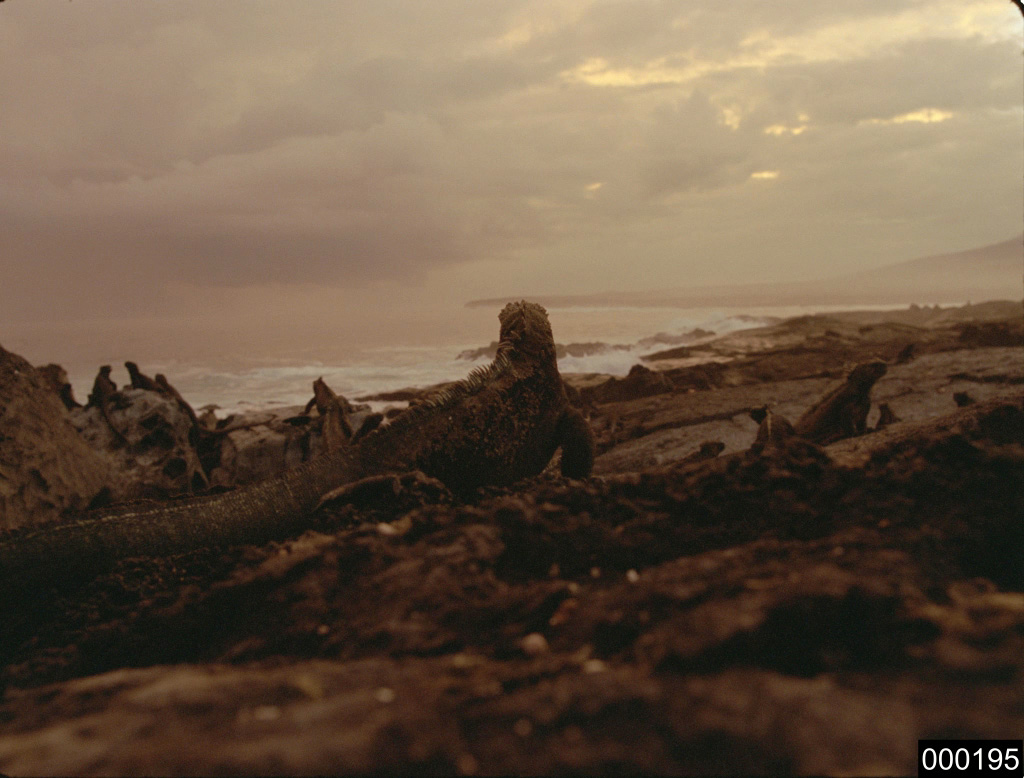 |
How was the collaboration with the different supervisors?
I must be lucky, so far I’ve always listened very closely with all the supervisors with whom I worked. On this film, we worked with Hugues Namur (Mikros), Nicolas Chevalier (BUF), Frederic Moreau and Bastien Chauvet (D2S). There has always been a true collaborative effort between us. I saw them since the preparation, we discuss possible approaches (each company has its own operation and methodologies). They are usually present on set, and obviously they are there to all stages of post-production. I was fortunate to work with very good supervisors, who have nothing to prove, and therefore have no ego problem. Our common point is that we all do this business with the same passion.
Did L’E.S.T. made only supervision or have you made some effects?
We actually made some effects on a small sequence. I knew that this sequence would require a lot of roundtrip with the editing and then with digital calibration. These trips take a long time. By mutual agreement with Christian Guillon, we decided to make this sequence internally, to avoid wasting precious time to one of our providers.
Can you explain in detail the creation of the sequences of the Aquarium, Gallery and the Planet?
Aquarium:
For this sequence, we have initially been shooted the aquarium in Atlanta. This aquarium is one of the largest in the world, with a glass 19 meters long and 9 meters high. The shot in motion was shooted with a “Revolver” head. The actors were filmed a few weeks later in the green screen studio in Paris, again using head motion-control to to reproduce the same movement of the selected take.
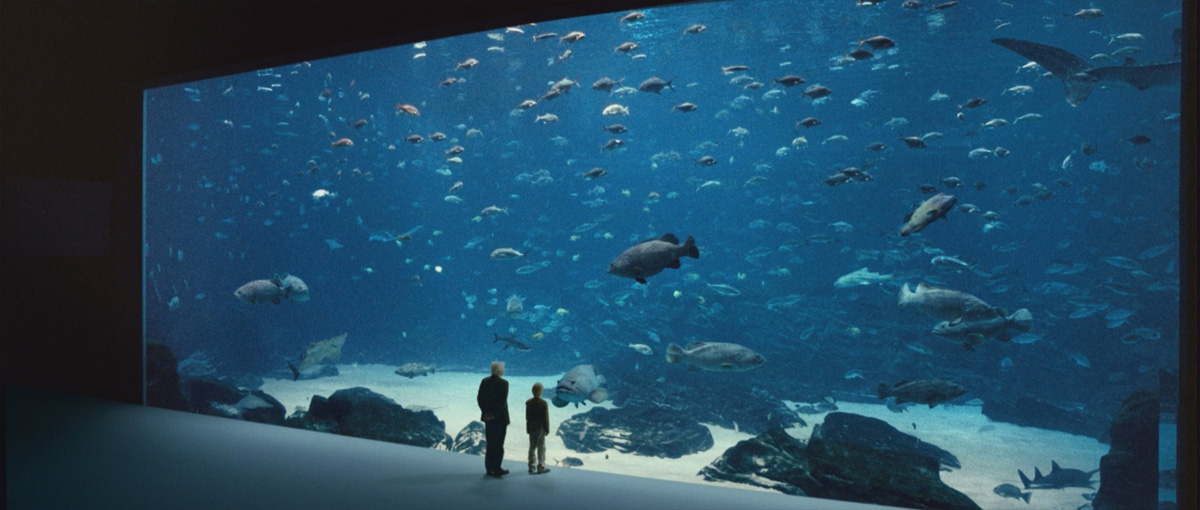 |
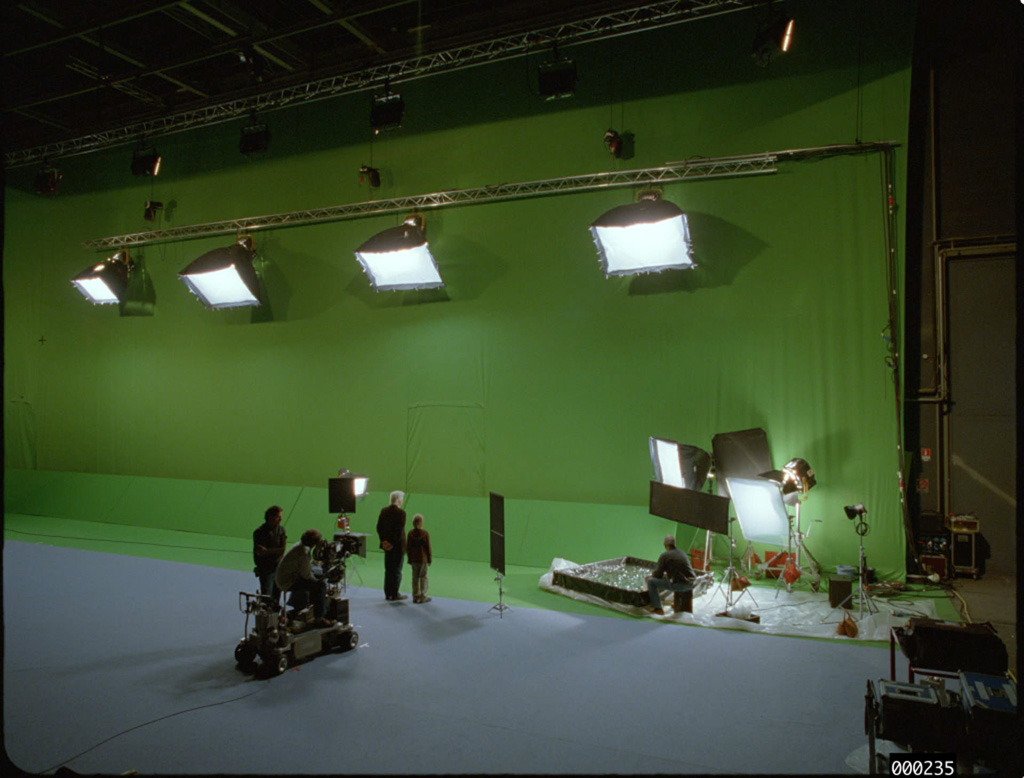 |
Gallery:
This sequence was filmed in the old ferry terminal, « The city of Sea » of Cherbourg. The sequence of the gallery is the result of a very narrow collaboration with Jean Rabasse (Head designer and art director). This sequence is a mixture of real set and digital set extension, and is also a mix of real taxidermy animals produced by the art team and full CG animals.
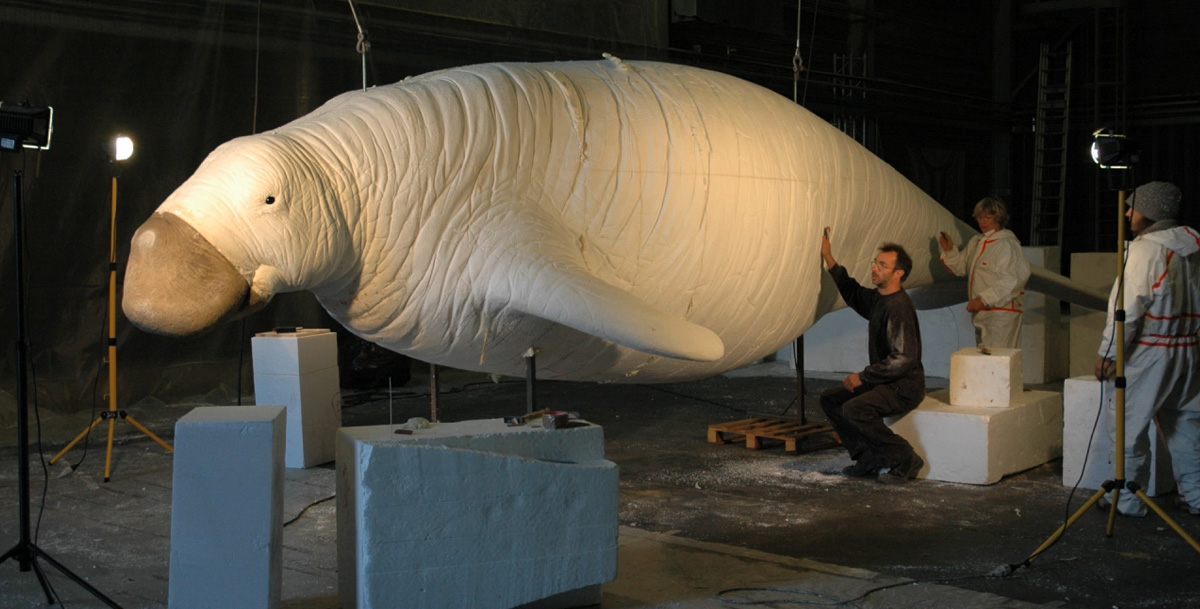 |
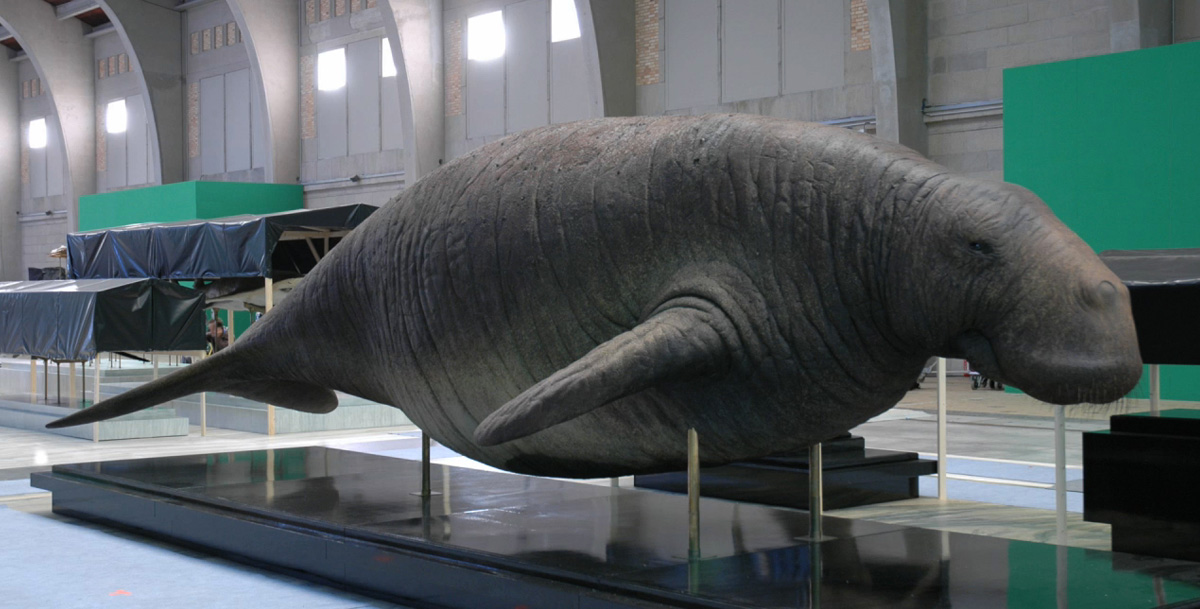 |
A first “summary” modeling of the scenery (and all animals) was made, thanks to blueprints provided by art team, in order to start working the framing of the scenes directly in this virtual setting. We have therefore made working sessions with the directors and the chief operator (Luciano Tovoli) and cameraman (Luke Drion). During these sessions, setting scenes was able to unleash his imagination and test all the movements and frames they wanted. All these shots were then taken to the edit, and considered as “classics” rushes.
We went on the set up with computer animation, and we asked Mikros to go with a workstation on which were the scene modeled in Maya. This allowed us to mix, through Cinesoft, the shots that had just been filmed with the 3D scene. The post-production has been made in 4k on Maya and composited on Nuke.
On the planet that has been done at BUF, we followed the same methodology.
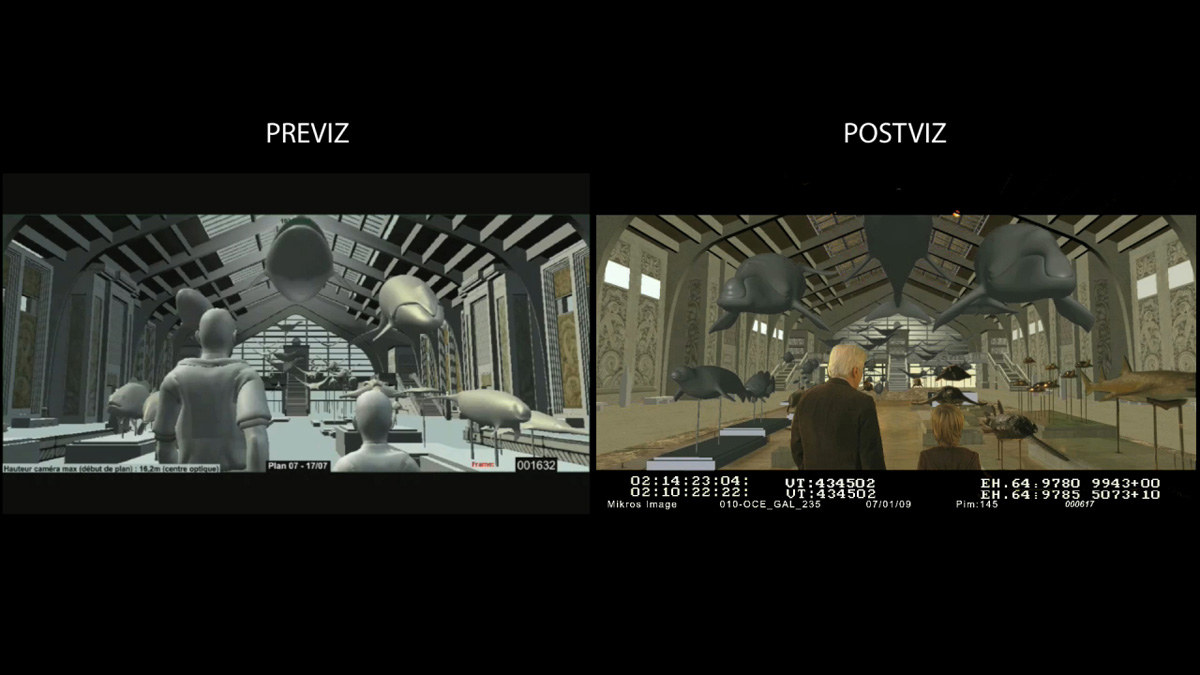 |
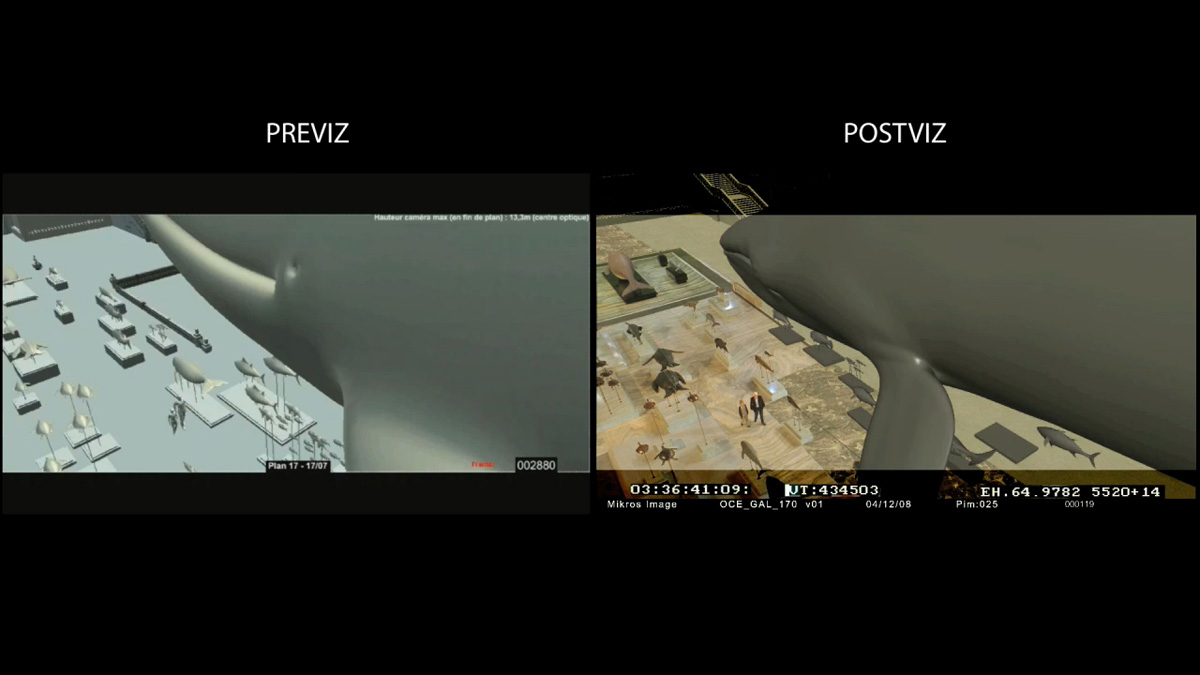 |
What kinds of challenges presented OCEANS and how did you achieved them?
OCEANS is primarily a documentary film, with shots and images never seen before. It was not that special effects of the fiction part discredit the veracity of these incredible images. The effects had to invisible and perfect, it was out of question that we speak of OCEANS as a effects movie.
Have you encountered difficulties in particular?
For time reasons, we have started doing many effects before the filming of the documentary is completed. The film was then under construction while we were doing the effects. It was therefore be flexible and more responsive as possible to the requested changes on some big effects.
What the number of VFX shots in OCEANS?
We made 150 shots.
What was the most complex sequence to do?
I think the shot was the most complex is the satellite shot. As I said, the shot is edited directly behind a sequence of storm, we have that the full CG sea connects perfectly with the other real sea. The other difficulty involved the modeling of the satellite. Because obviously, it had to be a real satellite (OCEANS is a documentary film, it was therefore inconceivable to make a fantasy satellite). Obviously it was not easy to get blueprints on a top secret satellite that ESA’s launch few months later.
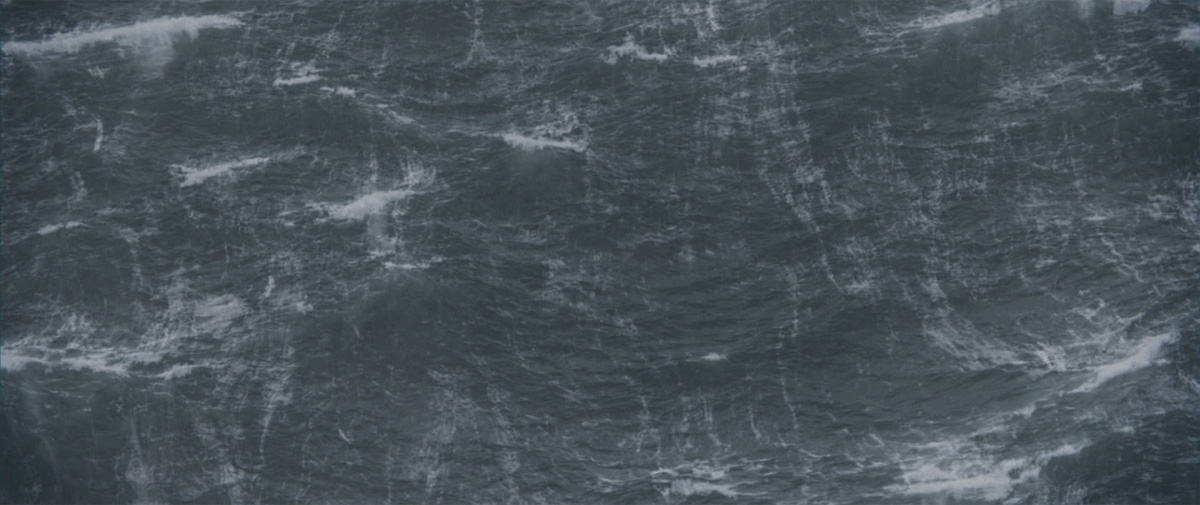 |
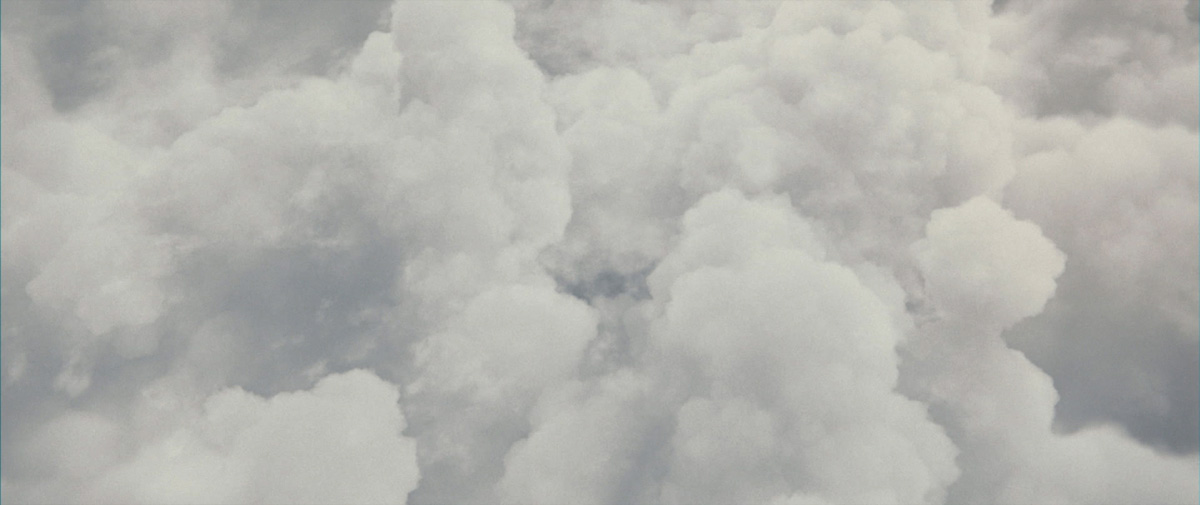 |
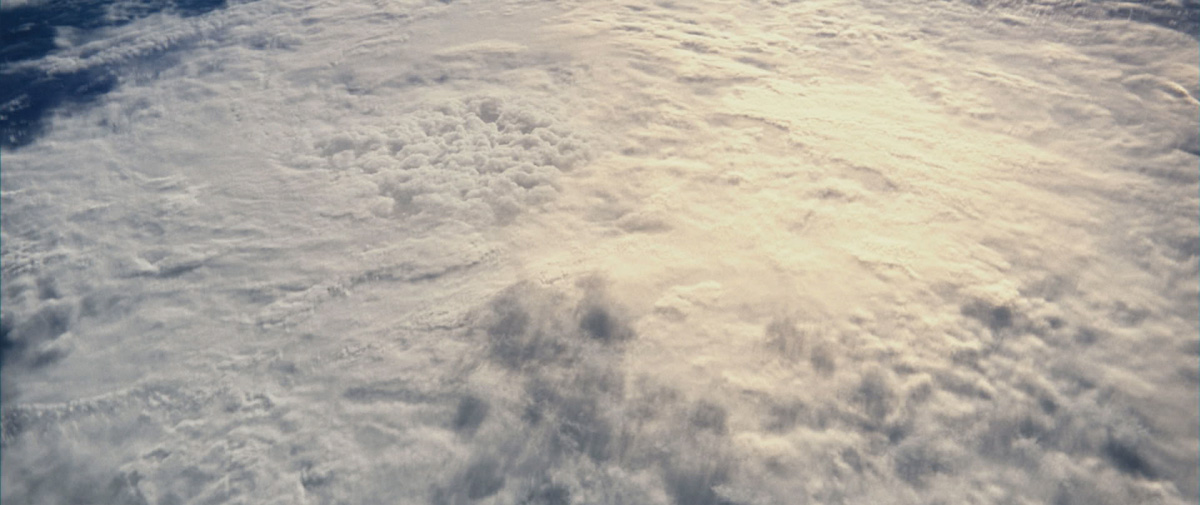 |
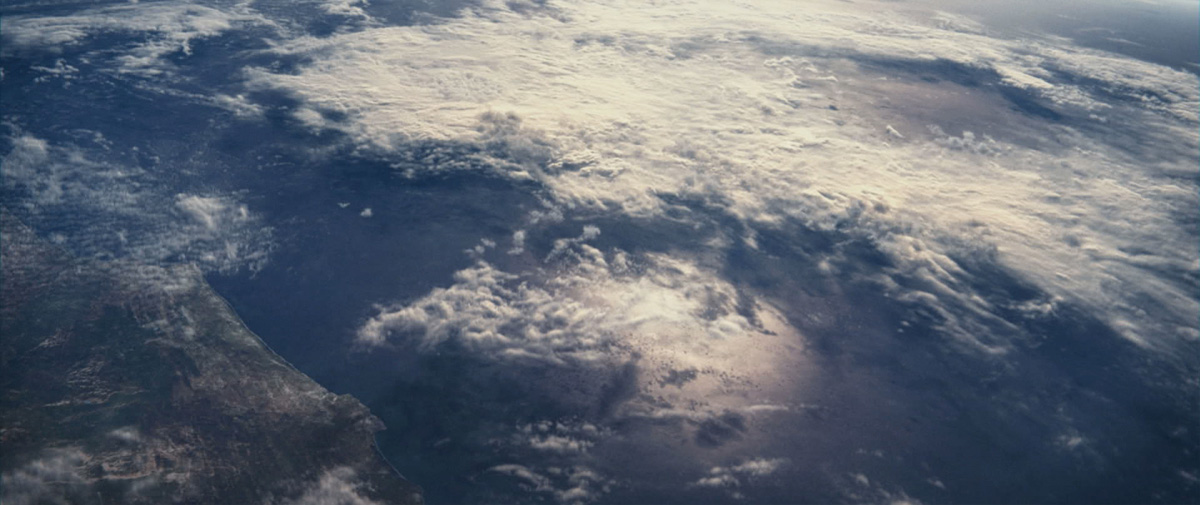 |
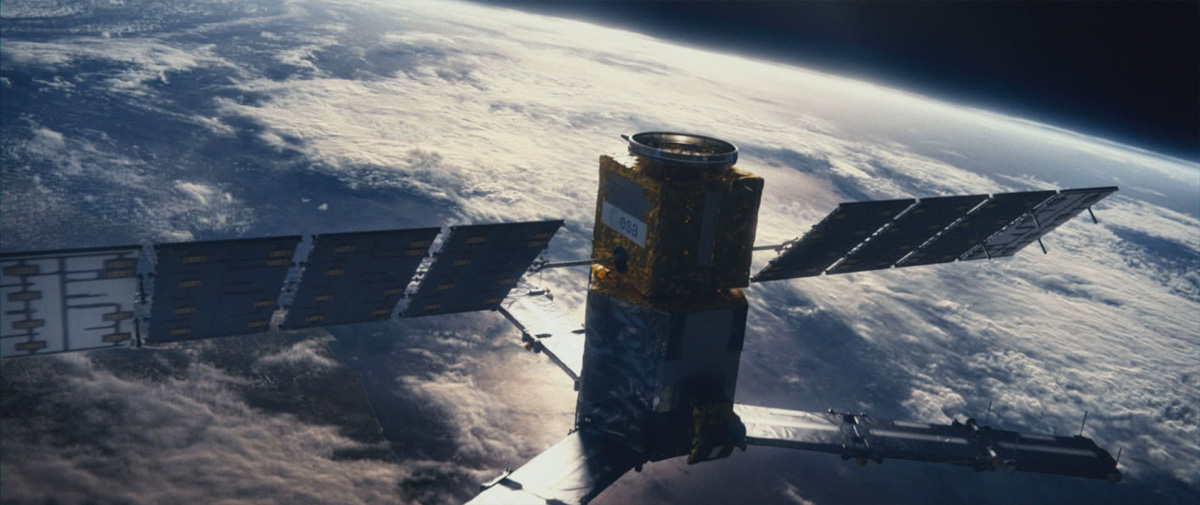 |
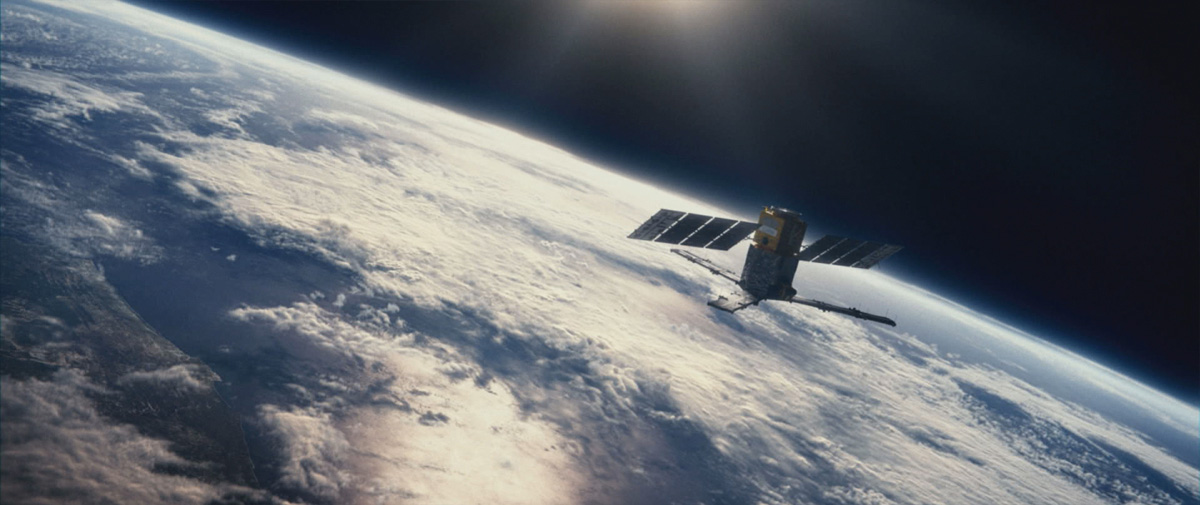 |
How long have you worked on this project?
More than a year.
What do you remember about this experience?
Meetings incredible peoples and collaborative work with passionate and exciting peoples.
What is your next project?
For the moment it’s a too early, I can not tell you anything yet.
What are the 4 movies that have given to you the passion for cinema?
Many films of the 80s like BLADE RUNNER, DUNE, THE COOK THE THIEF HIS WIFE & HER LOVER, PARIS TEXAS.
Thanks for your time.
// WANT TO KNOW MORE?
– BUF: Dedicated page to OCEANS on BUF website’s.
– Mikros Image: Dedicated page to OCEANS on Mikros website’s.
© Vincent Frei – The Art of VFX – 2010





First of all Thank you for the informative blog. Is there a RSS feed for this so i can keep in touch . Keep up the good work and Thank you again.